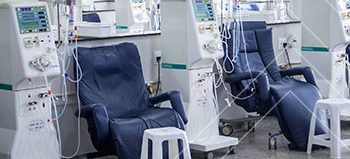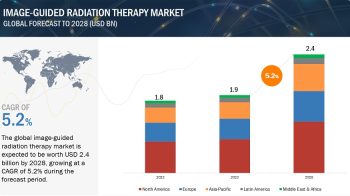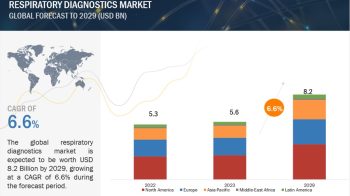Vascular access devices include central vascular access devices, peripheral vascular access devices, and accessories.
Objectives of the Study:
# To define, describe, and forecast the vascular access devices market by type, application, end user, and region
# To provide detailed information regarding the major factors influencing the growth of the market (drivers, restraints, opportunities, and challenges)
# To strategically analyze the micromarkets with respect to individual growth trends, prospects, and contributions to the overall market
# To analyze the opportunities for stakeholders and provide details of the competitive landscape for market leaders
# To forecast the size of the market segments with respect to four main regions, namely, North America, Europe, Asia-Pacific, and the Rest of the World (RoW)
# To profile the key players and analyze their market shares and core competencies
# To track and analyze competitive developments such as product launches, approval, agreements, collaborations, and acquisitions in the global vascular access device market
Looking Out for More Details | Don’t Hesitate to Download the PDF Brochure@
https://www.marketsandmarkets.com/pdfdownloadNew.asp?id=122149686
Factors Influencing Global Industry Growth:-
The key factors driving the growth of this market include the growing prevalence of lifestyle diseases, an increase in the number of chemotherapy procedures and the increasing use of vascular access devices in pediatric patients.
Major Growth Restraints:
# High Costs Involved in the Placement and Maintenance of Vascular Access Devices
# Product Recalls and Failures
Opportunity:
# Technological Advancements
Challenges:
# Shortage of Skilled Professionals
# Risks Associated With Vascular Access Devices
Industry’s Revenue Growth Expectations:
The global vascular access devices market is expected to reach USD 5.45 Billion by 2022 from USD 3.87 Billion in 2017, at a CAGR of 7.1%.
Geographical Growth Scenario:
North America to hold the largest share of the market in 2017
North American segment is expected to account the largest share of the market in 2017. Market growth in this region is primarily driven by factors such as the high prevalence of cardiovascular diseases; increasing number of research studies and clinical trials for vascular access devices in the U.S.; and the increase in chemotherapy procedures. Moreover, the increasing number of cardiac arrest cases, an increase in the number of minimally invasive procedures and the increase in cancer incidences in Canada are other factors driving the growth of this market in this region.
Read More: https://www.marketsandmarkets.com/PressReleases/vascular-access-device.asp
Leading Market Players:
This is an emerging and fragmented market with various regional and national players. In 2016, Becton Dickinson and Company (U.S.) dominated the peripheral vascular access devices market and accounted for approximately 67% of the market share. Whereas, the central venous access devices market was dominated by C. R. Bard, Inc. (U.S.), and Smiths Medical, Inc. (U.K) which, together, held ~70% of the market.
Some of the other players competing in this market are Other prominent players in this market include Teleflex Incorporated (U.S.), B. Braun Melsungen AG (Germany), AngioDynamics (U.S), Terumo Corporation(Japan), Vygon Ltd. (U.K.), Edward Lifesciences Corporation (U.S.), AMECO Medical (Egypt), Prodimed(France) Romsons Scientific and Surgical Pvt. Ltd (India), and Nipro Corporation (Japan).


